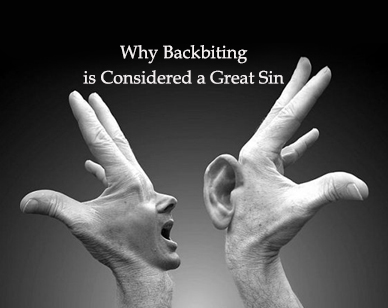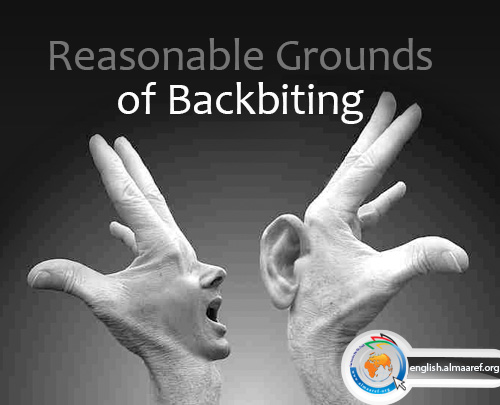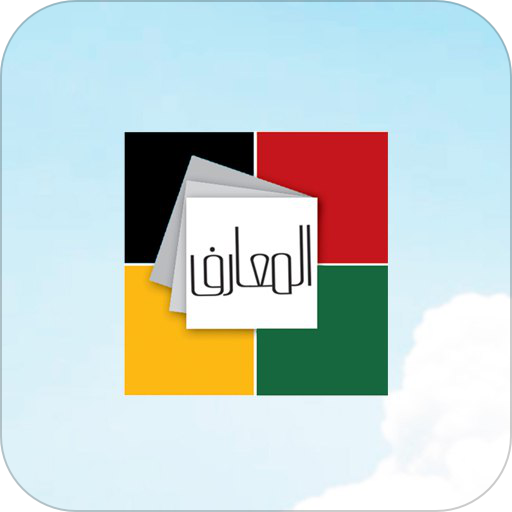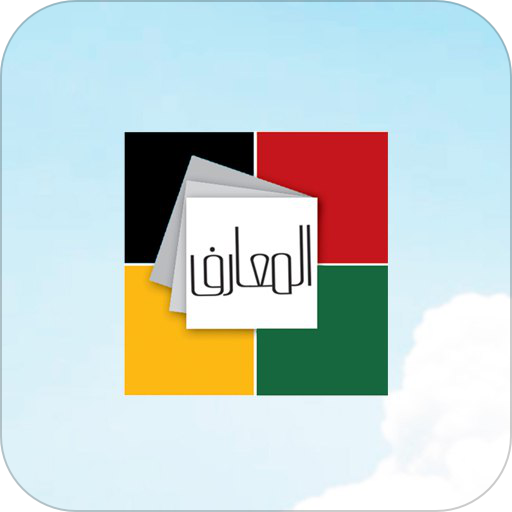Abstract
This article discusses the importance of depth of vocabulary knowledge and inferencing. This paper analyzed one of the Sermons of Imam Ali (A.S.) in the Nahjul Balaghe. It is important to know that something that needs more attention in language teaching is to teach and help learners analyze discourse and text carefully. This Sermon Consists of 110 features and 57 of them are analyzed in this paper. Each feature is presented in a phrase. The phrases are analyzed to highlight current points of focus and priorities. The analysis helps assist the language learner to apply the essential and required tools for better understanding a text and discourse.
1. Introduction
1.1. An Explanation of Discourse There are different definitions for discourse. We have to define discourse in order to specify the sense which is analyzed in the article. Discourse comes from Latin 'discursus' which means conversation, speech. Some linguists use the term discourse in reference to text, while others use it in reference to speech. "Discourse: a continuous stretch of (especially spoken) language longer than a sentence, often constituting a coherent unit such as a sermon, argument, joke, or narrative." (Crystal 1992:25)
Dakowska recommends using the term 'text' & 'discourse' interchangeably, text refers to linguistic product, and discourse implies the entire dynamics of the processes (Dakowska, 2001:81).
Beaugrande (1981) has suggested seven criteria to be fulfilled to qualify either a written or a spoken text as a discourse.
1. Cohesion – grammatical relationship between parts of a sentence essential for its interpretation.
2. Coherence-the order of statements relate one another by sense.
3. Intentionality–the message has to be conveyed deliberately and consciously.
4. Acceptability – indicates that the communicative product needs to be satisfactory in that the audience approves it.
5. Informativeness – some new information has to be included in the discourse.
6. Situationating – circumstances in which the remark is made are important.
7. Intertexuality – reference to the world outside the text or the interpreter's schemata.
Nowadays some of the above criteria are valid only in certain methods of the research. In the present article almost all of the seven criteria are valid. Fernand de Saussure divided language into langue and parole.
Langue is a system which enables people to speak as they do, and parole is a particular set of produced statements. Discourse relates more to parole, as it always takes place in time and is prosecuted by developing expressions in which the meaning of the latter is influenced by the former, while langue is abstract. Discourse is always produced by a person whose identity is important for understanding the message correctly. Discourse happens in a physical or linguistic context and in a meaningful fixed time and it conveys message. As you see, in the present article, a sermon from Imam Ali (A.S) is mentioned. The identity of Imam Ali (A.S) known by not only the Muslims but also by the majority of people in the world. The sermon stated here conveys a message which is essential for every human being.
There are three types of discourse. Organon model distinguishes three types of discourse depending on the aspect of language emphasized in the text. The discourse is informative if it conveys some knowledge. The discourse is narrative when the fulfilled function is expression. The final discourse is argumentative and it is characterized by the accent on signal aspect. The sermon in this article is informative as it conveys some knowledge, the characteristics the God-fearing is stated in this discourse.
Text processing consists of two types: bottom-up processing and top-down processing. Bottom- up processing starts with the smallest chunks of discourse and then moves to more general features. Elementary learners use these methods more. Top-down processing are those which are involved more to the specific one. When learners are to get familiar with the main idea of a particular communicative product they should take advantage of top-down approach. (Cook 1990, McCarthy 1991). In this discourse, each phrase is analyzed and the meaning of the phrase is investigated word by word, that’s why bottom-up processing is conducted more than top-down processing.
To be continued...
* Fahimeh Mahdavi




















